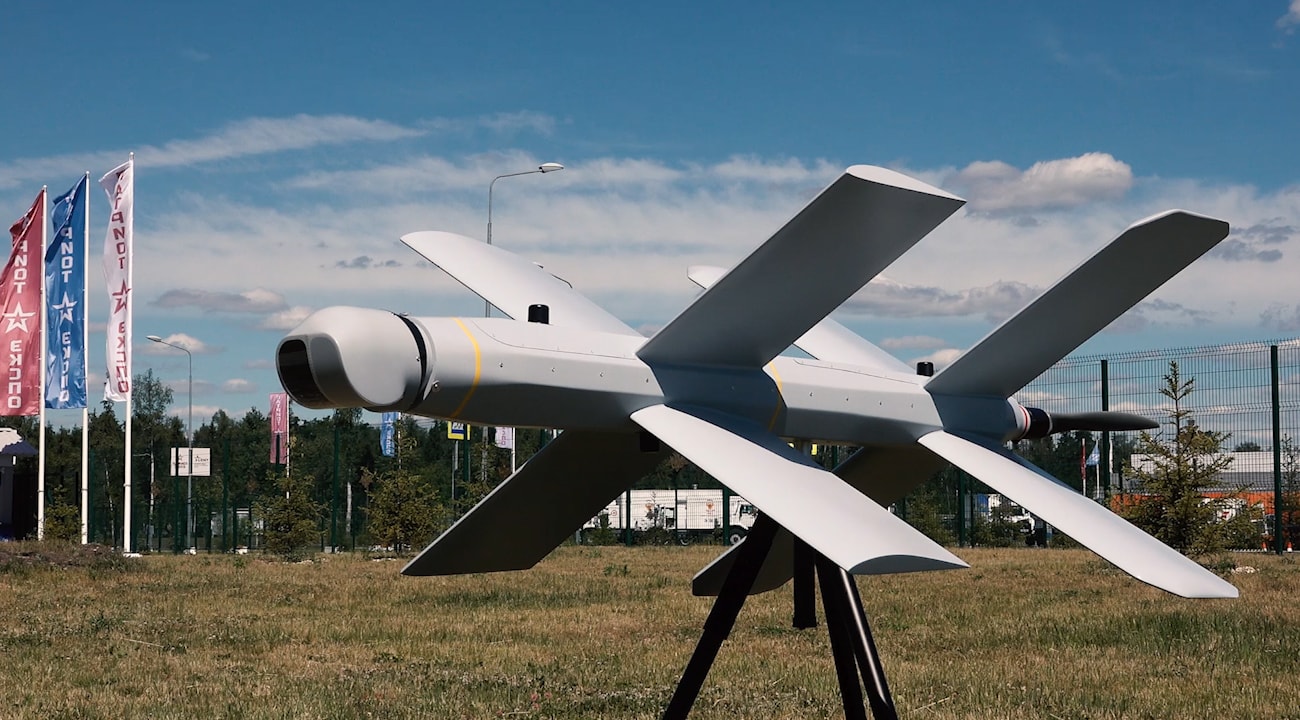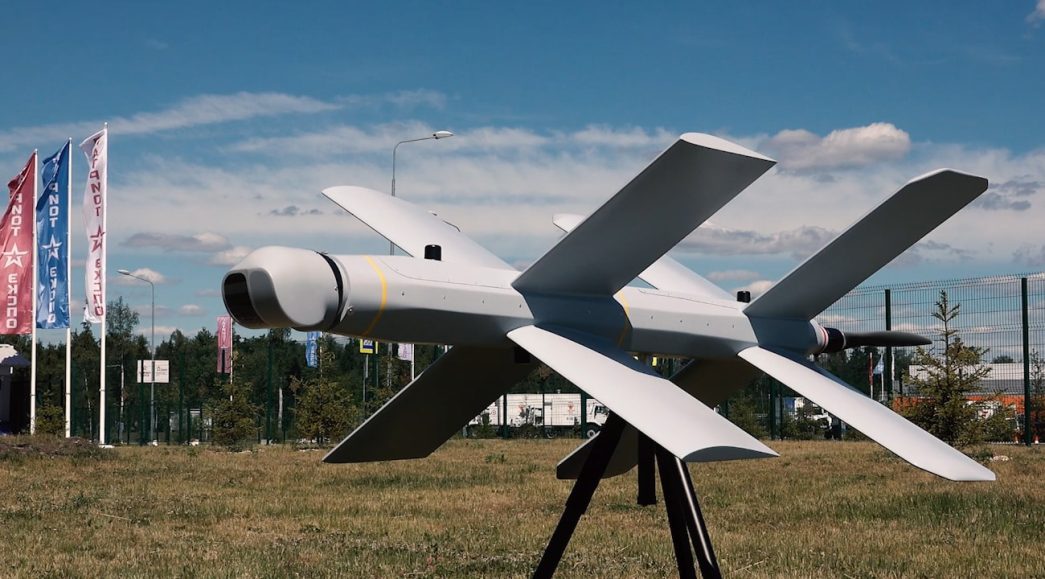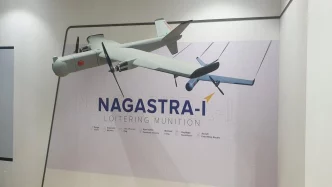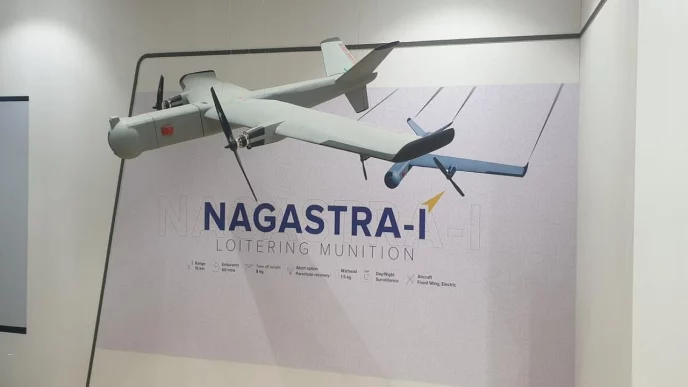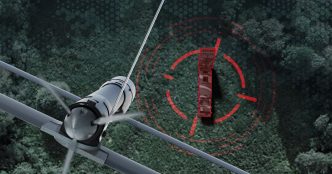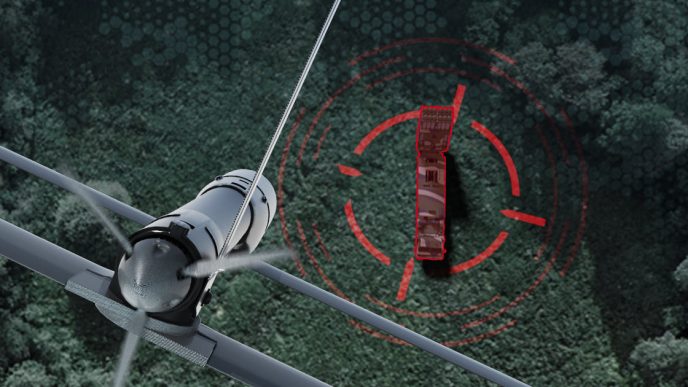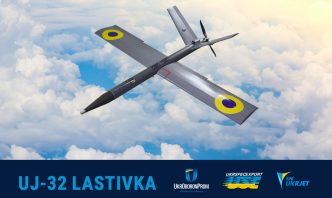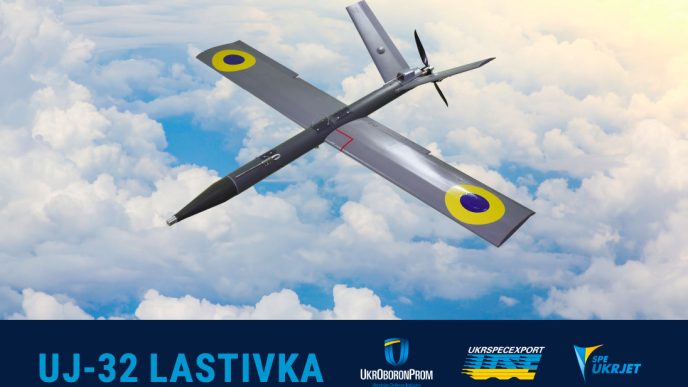In a bold leap forward in military technology, the Russian company ZALA Aero Group, under the umbrella of Kalashnikov Concern, has introduced the ZALA Lancet – an unmanned aerial vehicle (UAV) and loitering munition. The Lancet’s exceptional versatility in reconnaissance and precision strikes has earned it a prominent place in the arsenal of the Russian Armed Forces. This article delves into this innovative system’s groundbreaking features and advantages, shedding light on its pivotal role in shaping modern warfare.
Unveiling the ZALA Lancet
At the ARMY-2019 military expo in Moscow, the ZALA Lancet made its grand debut, captivating military enthusiasts and experts alike. This cutting-edge UAV builds upon the success of its predecessor, the ZALA KYB-UAV, and showcases an evolutionary design known as Izdeliye 51/Izdeliye 52.
Design
The ZALA Lancet possesses an impressive maximum range of 40 kilometers (25 miles), allowing it to establish dominance across vast territories. Its adaptability shines through as it seamlessly transitions between reconnaissance and strike missions. Armed with either high explosive (HE) or HE-fragmentation warheads, the Lancet boasts exceptional precision, thanks to its optical-electronic and TV guidance units.
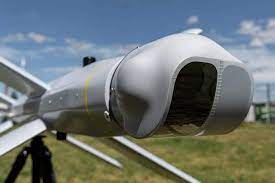
The Lancet’s Arsenal
The Lancet is a technological marvel with advanced intelligence, navigation, and communications modules. These features empower operators with real-time information, enhancing situational awareness and facilitating effective decision-making on the battlefield. Alexander Zakharov, Zala Aero’s Chief Designer, reveals that the Lancet’s unique capabilities also allow it to serve as “air mining,” effectively countering enemy unmanned combat aerial vehicles (UCAVs).
Launch and Power
The ZALA Lancet can be deployed from ground and sea platforms, offering unparalleled flexibility. Its catapult launcher enables rapid and efficient launch sequences, while sea platforms such as the Raptor-class patrol boats provide additional launch options. Powered by an electric motor, the Lancet combines silent operation with high speeds, enabling it to execute surgically accurate strikes on designated targets.
Lancet-3 vs. Switchblade 600
A New Era of UAV Dominance Outshining its competitors, the Lancet-3 has emerged as a formidable contender in unmanned systems. Its superior speed and reduced weight surpass those of the Switchblade 600, a comparable UAV. Not only can the Lancet destroy armored vehicles and self-propelled howitzers like its counterpart, but it also possesses the capability to hunt down enemy UAVs. Moreover, the Lancet’s cost-effective production enables its mass availability, with prices ranging from $20,000 to $40,000, giving it a decisive edge.
Variants
The Lancet loitering munition, developed by the ZALA Aero Group, offers exceptional versatility as it can be launched from land-based catapults and boats. Recognizing its potential, the Russian Navy made a significant announcement in October 2021, revealing its plans to equip its naval vessels with this advanced weapon system. Remarkably, implementing the Lancet into their existing arsenal requires minimal technical modifications to the ships, making it a seamless and efficient upgrade that significantly enhances the strike capabilities of the Russian fleet.
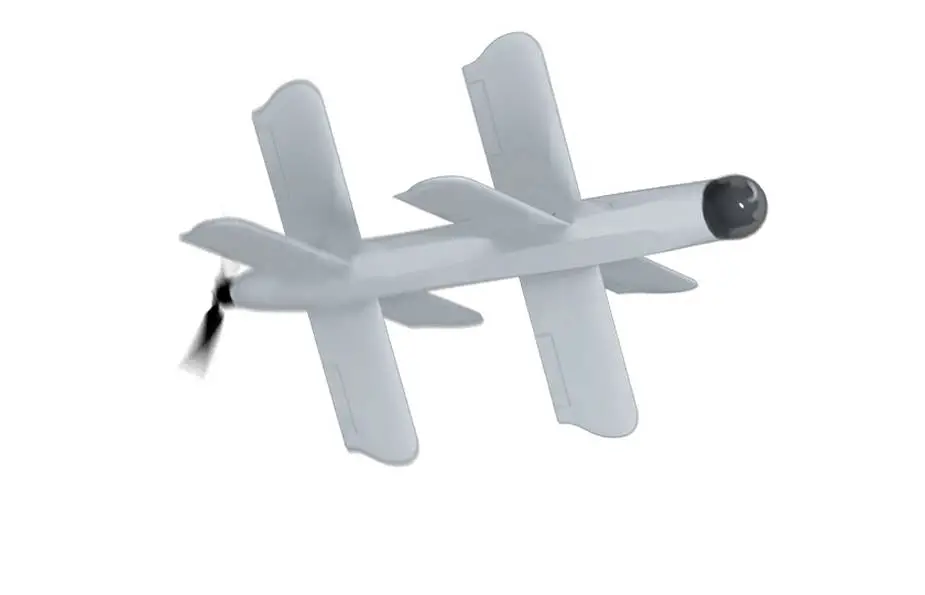
The ZALA Aero Group has meticulously crafted two versions of the Lancet drone, the Lancet-1 and the Lancet-3, each designed to fulfill specific operational objectives. The Lancet-1, a lightweight variant primarily intended for reconnaissance missions, weighs a mere 5 kg and boasts a payload capacity of 1 kg. This agile drone can be equipped with either reconnaissance equipment for intelligence gathering or a small warhead for precise strikes. With an impressive endurance of 30 minutes and a range of up to 40 km, the Lancet-1 ensures reliable and swift performance in the field.
On the other hand, the Lancet-3 represents a larger iteration of the Lancet series. Weighing in at 12 kg, this robust drone possesses a payload capacity of 3 kg, making it capable of delivering more substantial ordnance. Its endurance extends to 40 minutes, further enhancing its operational capabilities. As reports suggest, an even more advanced model of the Lancet has emerged, featuring a 5 kg warhead, thus expanding the potentially destructive force of this remarkable loitering munition.
Operational use
The Lancet, a combat drone developed and utilized by the Russian military, has proven effective in various conflicts. One significant testing ground for the Lancet was Syria, where it saw action during the Russian military intervention in the Syrian civil war starting in November 2020. Its combat capabilities were further demonstrated in April 2021 when it participated in strikes against Tahrir al-Sham in the Idlib Governorate.
While long-range Iranian HESA Shahed-136 kamikaze drones are used against Ukrainian energy infrastructure, the Lancet is deployed as a precision battlefield weapon against high-value military targets, usually located by a reconnaissance drone before it gets launched.
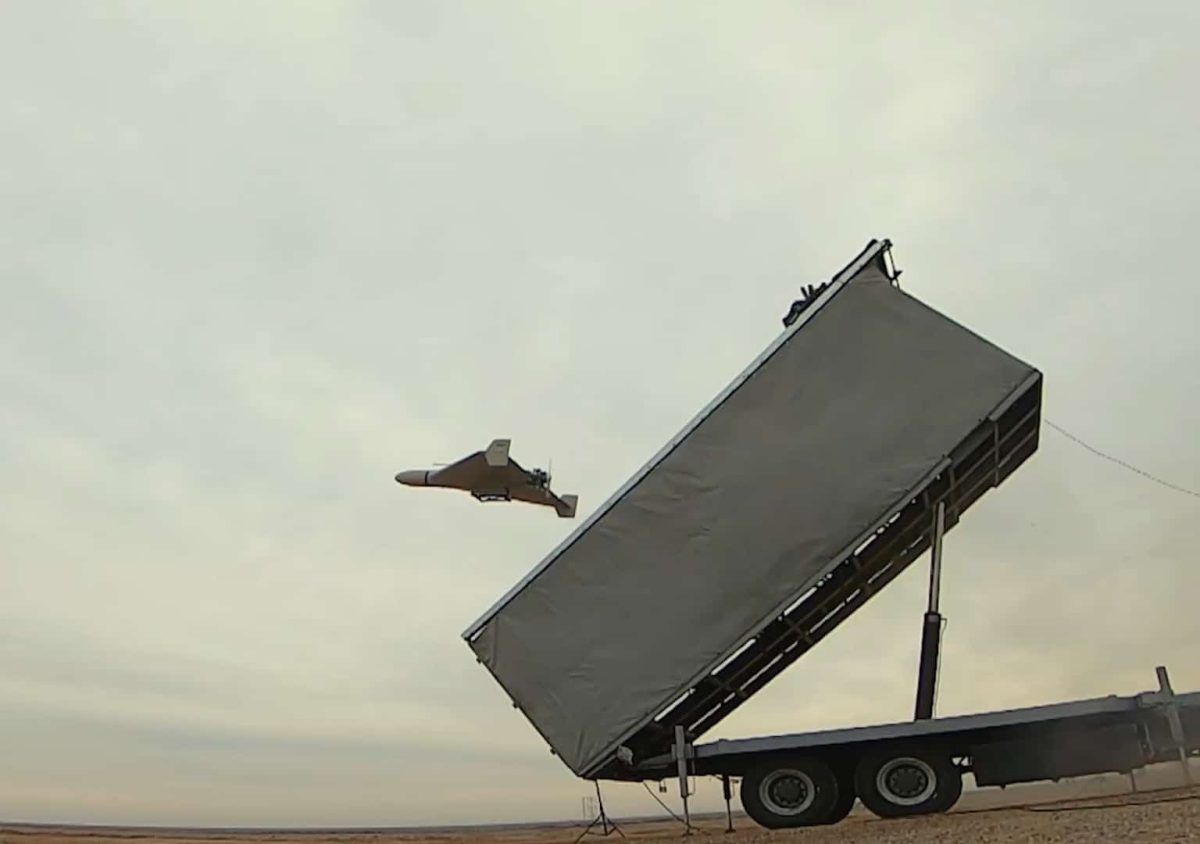
In a notable development, the Lancet and KUB drones were deployed during the 2022 Russian invasion of Ukraine, as announced by the Russian defense corporation Rostec on 8 June 2022. About a month later, the first video evidence of their combat use in Ukraine emerged. Multiple videos subsequently surfaced on social media platforms, showcasing the Lancet drones carrying out precision strikes against a range of Ukrainian military targets. These targets included air defense systems, self-propelled howitzers, tanks, and military trucks.
Notable examples of the damaged or destroyed equipment include S-300 missile systems, a Buk-M1 missile system, multiple T-64 tanks, German Leopard 2A6 tanks, Western-supplied M777, and FH70 howitzers, as well as M109, AHS Krab, and CAESAR self-propelled howitzers. It is worth mentioning that on 4 November 2022, a Lancet drone damaged a Gyurza-M-class gunboat of the Ukrainian Navy, marking the first attack on a naval target by a Lancet drone during the conflict.
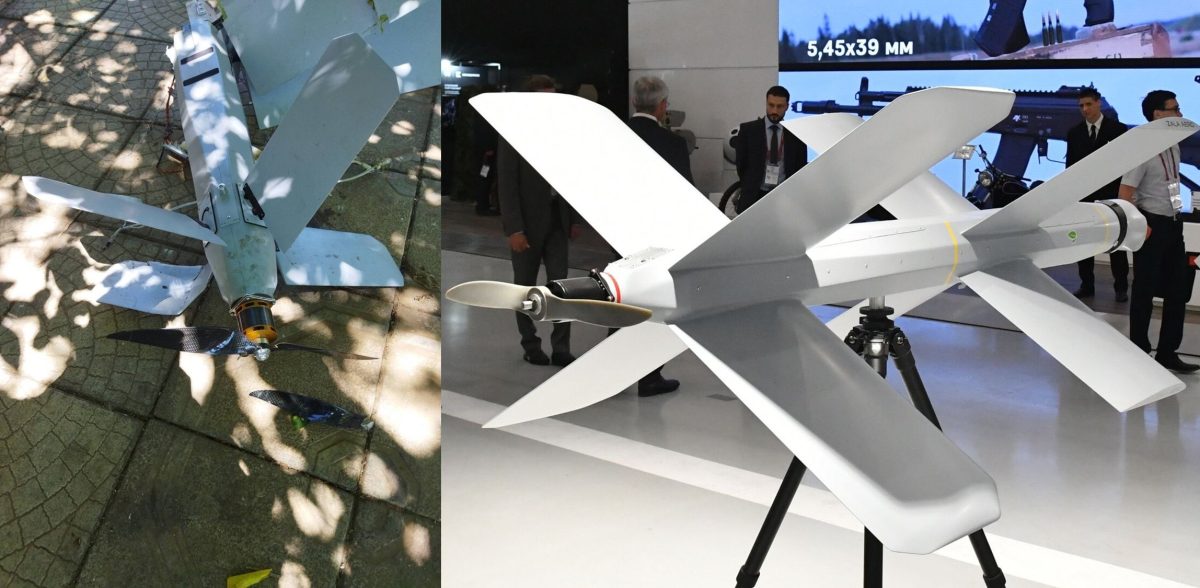
The Lancet’s effectiveness as a precision battlefield weapon is evident in its ability to target and strike high-value military assets. Typically, a reconnaissance drone locates these targets before the Lancet is launched. While the Lancet has successfully hit numerous Ukrainian targets, there have also been instances of missed strikes. Additionally, even when a target is hit, it does not guarantee its destruction, with some instances resulting in minor damage that can be repaired. This is an important consideration, as international sanctions may hinder Russia’s ability to produce Lancets in large numbers. As noted by Forbes, the reliance on imported electronics for Russian drones and the challenge of finding alternative suppliers present potential obstacles to mass production.
According to Oryx, a Dutch open-source intelligence website, as of March 3, 2023, Lancet drones have scored over 100 hits on Ukrainian targets during the conflict. The majority of these targets consisted of towed artillery and self-propelled artillery systems. Furthermore, a Russian source has claimed that the Lancet drone has demonstrated high efficiency in combat.
Ukrainian forces began employing creative tactics to counter the Lancet’s threat as the conflict progressed. In spring 2023, they started constructing cages around their artillery pieces using chain link fencing, wire mesh, and wooden logs. These cages are primarily intended to disrupt the munitions of the Lancet drones. An image allegedly taken in January 2023 depicted the rear half of a Lancet drone that failed to detonate due to these protective cages, indicating that such measures can be effective. Ukrainian forces have also utilized inflatable wooden decoys shaped like vehicles and weapons systems like HIMARS to confuse and divert Lancet attacks.
Notable incidents involving the Lancet drone include the destruction of a Ukrainian patrol boat on the Dnipro River, which occurred on April 18, 2023, after being struck by a Lancet drone. Furthermore, on 27 April 2023, a video confirmed a Lancet strike on a Ukrainian Tor SAM system. Videos circulating on social networks on the same day showed the destruction of one 5P85S launcher for the S-300 missile system and the damage of another by Lancet drones.
During the 2023 Ukrainian counteroffensive, the Lancet drones continued to make their mark on the battlefield. One notable incident involved the destruction of a TRML-4D multi-functional radar from the IRIS-T SLM air defense system, showcasing the Lancet’s ability to neutralize crucial enemy assets. Additionally, a Leopard 2A6 tank sustained heavy damage due to a Lancet drone attack, further underscoring the drone’s capacity to impact armored vehicles.
Technical specifications
| Lancet-3 | |
| Country of origin: | Russia |
| Manufacturer: | ZALA Aero Group (Kalashnikov Concern) |
| Entered service: | 2019 |
| Specifications | |
| Length: | unknown |
| Wing span: | unknown |
| Weight: | 12 kg |
| Warhead weight: | 3 kg |
| Engine: | Electric engine |
| Engine power: | unknown |
| Maximum speed: | 300 km/h |
| Cruising speed: | 110 km/h |
| Range: | 40 km |
| Service ceiling: | ~ 5 km |
| Endurance: | 40 minutes |
Conclusion
The ZALA Lancet represents a paradigm shift in the landscape of modern warfare. With its exceptional reconnaissance capabilities, precise strike potential, and ability to neutralize enemy UAVs, it embodies the future of unmanned aerial systems. The Lancet revolutionizes how the Russian Armed Forces engage in combat operations by fusing innovation and cutting-edge technology. As the world witnesses the rise of unmanned precision, the Lancet stands at the forefront, leading the charge into a new era of warfare.
